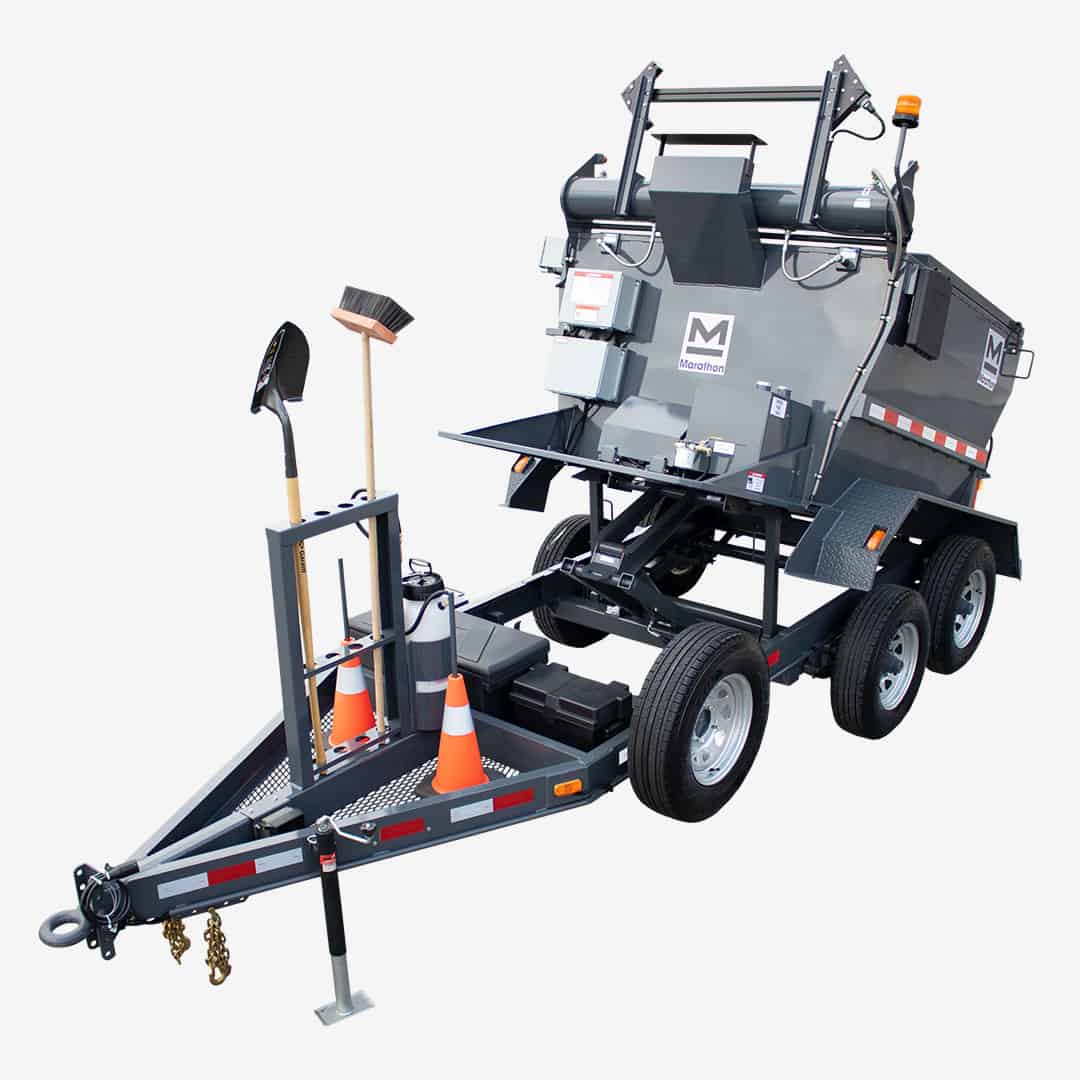Hot Mix Asphalt: The Foundation for Safe and Secure Angled Parking Lots
Hot Mix Asphalt: The Foundation for Safe and Secure Angled Parking Lots
Blog Article
Unlocking the Secrets of Warm Mix Asphalt Technology
Discovering the depths of hot mix asphalt technology reveals a globe where meticulous processes and precise formulations assemble to form our roads and infrastructure. The blend of binders, fillers, and accumulations isn't simply a building and construction job however a critical orchestration of sturdiness and performance. As we peer right into the complex dancing of components, a tapestry of durability and sustainability unfolds. However what exists beneath this surface of asphaltic proficiency, and what secrets wait to be revealed in the realm of paving technologies?
Significance of Warm Mix Asphalt
Warm Mix Asphalt plays a critical role in contemporary infrastructure development due to its resilience and cost-effectiveness. As one of the most generally used leading product for roads, freeways, and car park, Warm Mix Asphalt provides a range of advantages that contribute to its relevance in building projects. One vital advantage is its ability to endure hefty website traffic tons and harsh climate condition, giving a resilient and dependable surface area for transportation networks. In Addition, Hot Mix Asphalt is cost-efficient in both preliminary construction and lasting upkeep, making it a recommended selection for many framework tasks.
The longevity of Hot Mix Asphalt stems from its composition, which includes accumulations, binder, and filler products that are carefully picked and blended to satisfy certain performance needs. Overall, the relevance of Warm Mix Asphalt in framework advancement can not be underrated, as it proceeds to be a cornerstone of modern construction techniques.
Components of Asphalt Mixes
The composition of asphalt blends is composed of thoroughly chosen aggregates, binder, and filler materials that are essential for attaining details efficiency demands. Aggregates are the primary element of asphalt blends, offering stamina and stability. The binder, usually bitumen or asphalt concrete, holds the aggregates with each other and provides flexibility and resilience to the mix.
The mix and percentage of these components play a substantial function in establishing the quality and performance of the asphalt mix. Engineers very carefully develop the mix to satisfy particular demands, considering factors like web traffic volume, climate conditions, and sidewalk life-span. Correct choice and balancing of accumulations, binder, and fillers are necessary for developing sturdy, durable asphalt sidewalks.
Combining and Manufacturing Techniques

Once the accumulations are picked, the binder, typically asphalt cement, is included in bind the materials with each other. The binder's high quality and amount substantially influence the mix's adaptability, resistance, and strength to environmental variables. Additionally, fillers like hydrated lime or Portland concrete may be incorporated to boost specific attributes of the asphalt mix, such as its workability or moisture resistance.
During production, the aggregates and binder are heated, typically in between 250-325 ° F(121-163 ° C ), to help with blending and make certain appropriate covering of the aggregates. The blending process must be extensive to accomplish an uniform mixture that advertises the desired performance qualities of the asphalt. Numerous techniques, such as batch mixing or drum blending, are utilized to achieve premium and regular asphalt mixes for construction projects.
Variables Influencing Asphalt Performance
Elements influencing asphalt performance view it encompass a variety of variables that influence the toughness, longevity, and general top quality of asphalt sidewalks. One key variable is the top quality of products made use of in the asphalt mix. The type and source of accumulations, the binder top quality, and the additives all play a substantial duty in establishing the efficiency of the asphalt sidewalk. The gradation of aggregates is important as it impacts the mix's resistance, stability, and workability to breaking and rutting.

Style wikipedia reference considerations, such as sidewalk thickness and drain, are vital in making sure the long-term efficiency of the asphalt sidewalk. By thoroughly considering these factors, specialists and engineers can enhance asphalt performance and improve the service life of pavements.
Lasting Practices in Asphalt Innovation

WMA enables for the manufacturing and placement of asphalt blends at lower temperatures contrasted to conventional hot-mix asphalt, resulting in reduced power consumption and greenhouse gas discharges. The usage of permeable asphalt blends can help alleviate stormwater runoff issues by enabling water to penetrate via the sidewalk and into the ground, promoting natural water filtering and recharge procedures.
Conclusion
Finally, warm mix asphalt technology plays a vital role in modern infrastructure development as a result of its longevity and cost-effectiveness. By very carefully balancing parts, utilizing correct mixing strategies, and taking into consideration different factors, designers can develop top notch asphalt blends that endure rush hour lots you could try this out and severe climate condition. Embracing lasting practices, such as utilizing recycled products and warm-mix innovations, even more boosts the environmental kindness of asphalt innovation.
Blending and manufacturing techniques in hot mix asphalt innovation entail the specific combination and processing of aggregates, binder, and fillers to produce a sturdy and high-performance asphalt mix.Aspects influencing asphalt efficiency encompass an array of variables that influence the longevity, durability, and total top quality of asphalt pavements. Lasting methods in asphalt modern technology incorporate numerous efforts aimed at decreasing the environmental effect of asphalt manufacturing and paving procedures. By incorporating reclaimed asphalt pavement (RAP) and recycled asphalt shingles (RAS) into new asphalt blends, the industry can substantially reduce the consumption of raw products and energy, while also decreasing landfill waste.
WMA allows for the manufacturing and positioning of asphalt blends at reduced temperatures compared to typical hot-mix asphalt, resulting in lowered power consumption and greenhouse gas exhausts.
Report this page